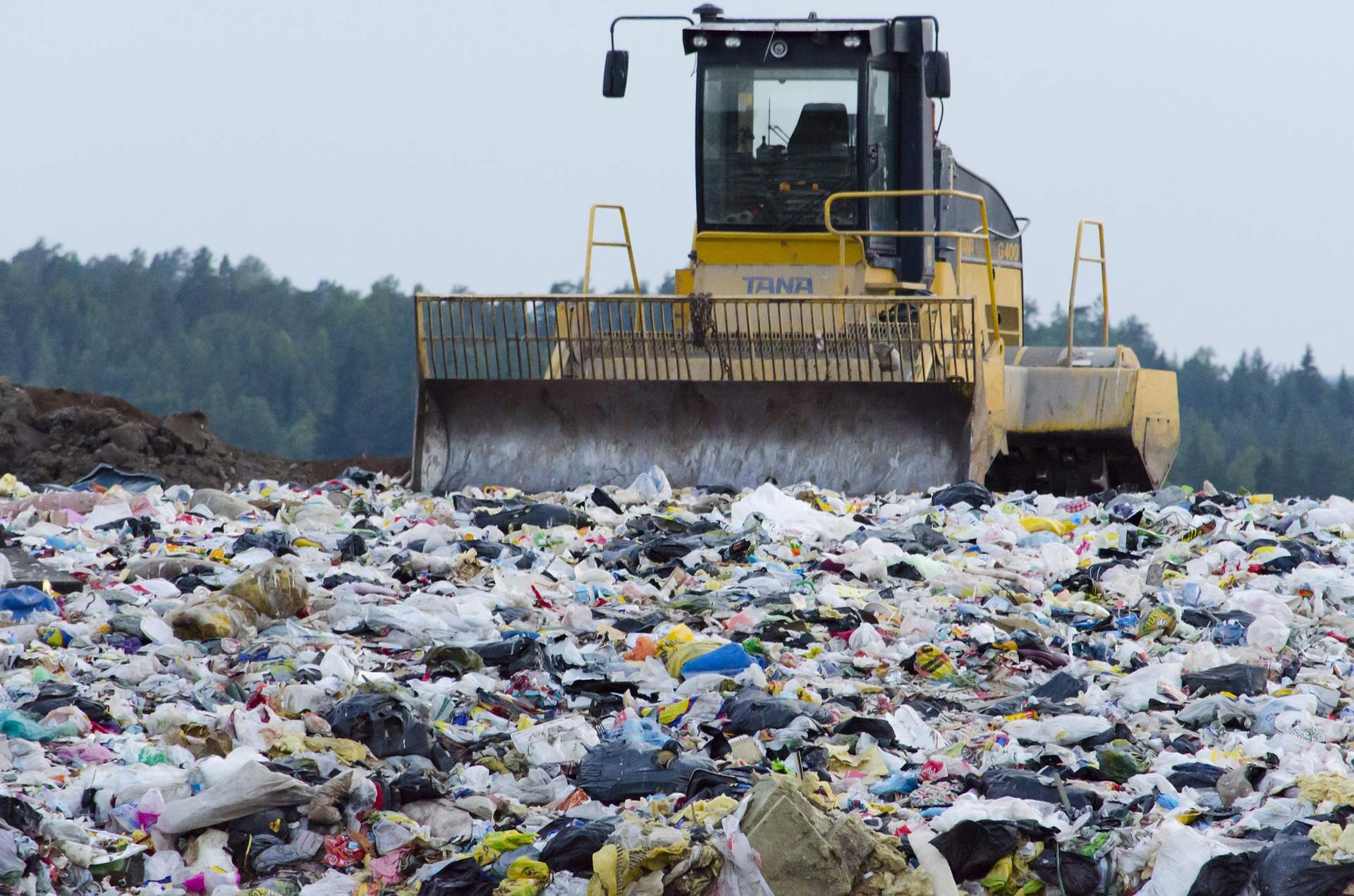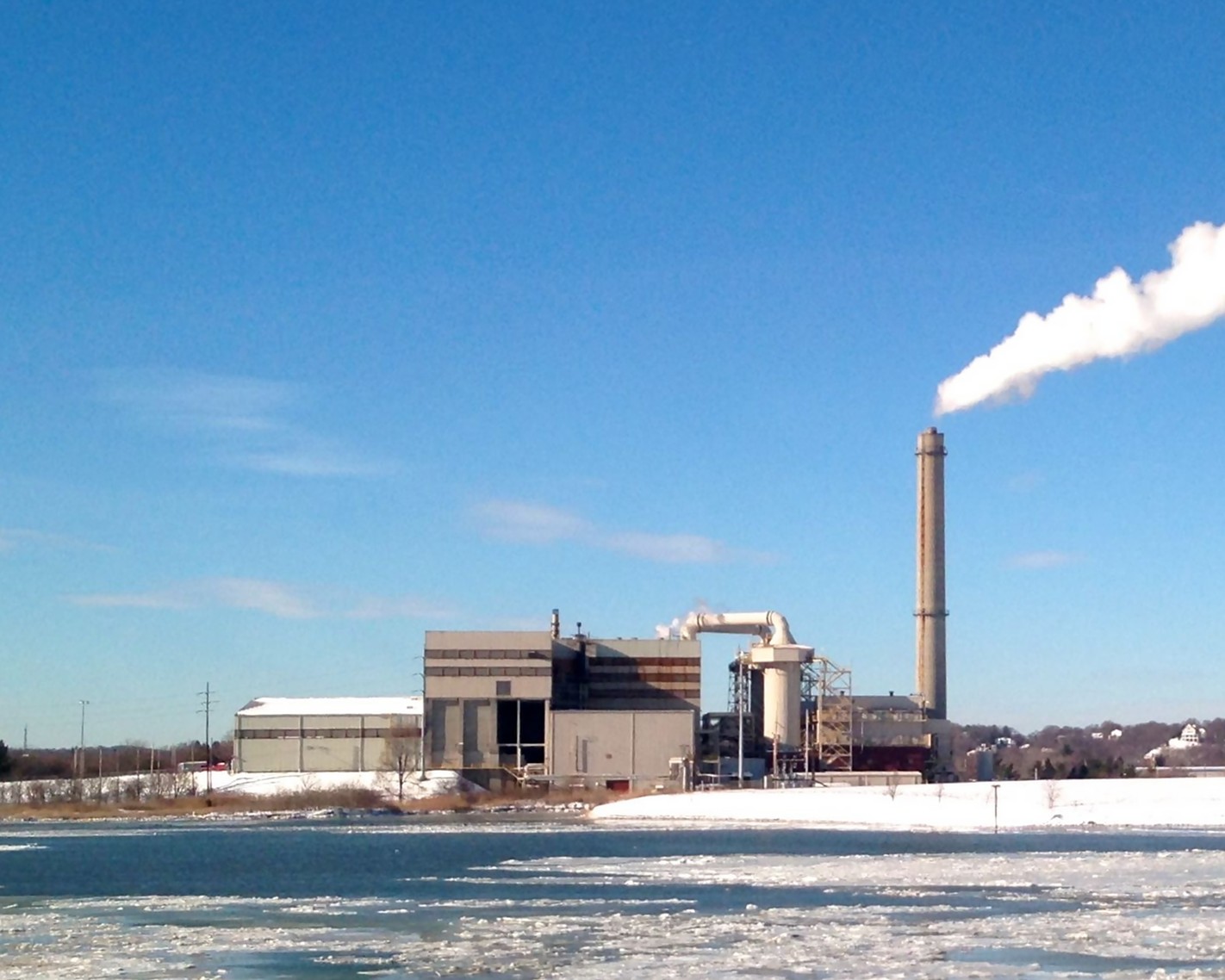
Introduction
The Industrial Applications of Waste-to-Energy (WtE) have emerged as a sustainable solution to tackle the ever-increasing problem of waste management while also providing a renewable source of energy. This article aims to provide an overview of the importance and relevance of this topic in the context of waste management and sustainable energy production.
Historical Background
Waste-to-Energy technologies have a rich history that dates back several decades. Initially, WtE technologies were primarily focused on incineration as a means of waste disposal. However, over time, these technologies have evolved to include various other methods such as anaerobic digestion and gasification. This evolution has paved the way for the industrial applications of WtE.
Key Concepts and Definitions
Waste-to-Energy (WtE) refers to the process of converting various forms of waste into usable energy. This can be achieved through different methods such as incineration, anaerobic digestion, and gasification. In industrial applications, WtE involves utilizing manufacturing waste as a potential source of renewable energy.
Main Discussion Points
Benefits of Industrial Applications of WtE
Reduction of waste volume and environmental impact:
Implementing WtE technologies in industrial settings helps to significantly reduce the volume of waste generated and its impact on the environment. By converting waste into energy, the need for landfill space is minimized, reducing pollution and greenhouse gas emissions.
Generation of renewable energy and reduction of reliance on fossil fuels:
Industrial WtE projects contribute to the production of renewable energy, thereby reducing the dependence on fossil fuels. This not only helps in mitigating climate change but also provides a sustainable energy source for manufacturing industries.
Potential for cost savings and increased operational efficiency:
Adopting WtE technologies can result in cost savings for manufacturing industries. By converting waste into energy, companies can reduce their reliance on external energy sources, leading to increased operational efficiency and reduced energy costs.

WtE Technologies and Processes
Overview of different WtE technologies suitable for industrial applications:
Industrial WtE technologies include incineration, anaerobic digestion, and gasification. Each method has its own advantages and suitability depending on the type of waste and desired outputs.
Explanation of the process involved in converting manufacturing waste into power:
The process of converting manufacturing waste into power typically involves sorting and preprocessing the waste, followed by its conversion into energy through incineration, anaerobic digestion, or gasification.
Discussion of the different types of manufacturing waste that can be utilized in WtE:
Various types of manufacturing waste, including organic waste, biomass, and solid waste, can be utilized in WtE processes to generate energy.
Environmental Impacts and Sustainability
Analysis of the environmental benefits and drawbacks of Industrial Applications of WtE:
While WtE technologies offer environmental benefits such as waste reduction and renewable energy generation, there are also concerns regarding emissions and environmental impacts associated with these processes. Striking a balance between these factors is essential for ensuring sustainable waste management practices.
Discussion on the role of WtE in waste management strategies and circular economy principles:
WtE plays a crucial role in waste management strategies by diverting waste from landfills and promoting a circular economy. It enables the recovery of resources from waste and reduces the consumption of virgin materials.
Consideration of the carbon footprint and emissions associated with WtE technologies:
WtE technologies have the potential to reduce carbon emissions compared to traditional waste disposal methods. However, it is important to monitor and minimize the emissions associated with these technologies to ensure their environmental sustainability.
Case Studies or Examples
Successful implementation of WtE in a manufacturing industry:
A case study showcasing the successful application of WtE technologies in a manufacturing industry, highlighting the benefits and outcomes achieved.
Application of WtE technologies in different industrial sectors:
Examples of how WtE technologies have been implemented across various industrial sectors, demonstrating the versatility and potential of these solutions.
Real-world examples of manufacturing waste-to-energy projects:
Case studies highlighting specific projects where manufacturing waste has been effectively converted into energy, providing practical insights into the feasibility and benefits of such initiatives.
Current Trends or Developments
Overview of recent advancements in WtE technologies for industrial applications:
The article discusses the latest technological advancements in WtE, including improved waste sorting methods, enhanced energy conversion processes, and the integration of renewable energy systems.
Discussion of emerging trends in the use of manufacturing waste for energy production:
The article explores emerging trends such as the utilization of waste heat recovery systems and the integration of WtE technologies with other renewable energy sources for enhanced efficiency and sustainability.
Exploration of research findings and innovations in the field:
This section highlights recent research findings and innovative approaches in WtE, including new waste conversion techniques and the development of more efficient and environmentally friendly WtE technologies.

Challenges or Controversies
Addressing concerns related to the environmental impact and emissions of WtE technologies:
The article delves into the challenges associated with WtE, including the need for proper emission control measures and the potential environmental impact of certain waste conversion processes.
Discussion of the potential conflicts between waste reduction and energy production goals:
Balancing waste reduction objectives with the need for energy production can present challenges, as certain waste materials may be better suited for recycling or composting rather than energy conversion.
Examination of public perception and community acceptance of WtE projects:
Public perception and community acceptance of WtE projects can influence their successful implementation. This section explores the importance of public engagement and the need for transparent communication to address concerns and build trust.
Future Outlook
Speculation on the future growth and expansion of Industrial Applications of WtE:
The article provides insights into the potential growth and expansion of WtE technologies in industrial applications, driven by the need for sustainable waste management and renewable energy sources.
Exploration of potential technological advancements and improvements:
The future outlook section discusses possible advancements in WtE technologies, including improved energy conversion efficiencies, advanced waste sorting techniques, and the integration of artificial intelligence for optimized processes.
Consideration of policy changes and regulatory frameworks that may impact the industry:
The article touches upon the role of policy changes and regulatory frameworks in shaping the future of WtE, emphasizing the need for supportive policies and incentives to encourage widespread adoption.
Conclusion
In conclusion, the Industrial Applications of Waste-to-Energy offer significant benefits in terms of waste reduction, renewable energy generation, and operational efficiency for manufacturing industries. With advancing technologies and a growing focus on sustainability, WtE is poised to play a crucial role in waste management and energy production. By embracing WtE, industries can contribute to a greener future while addressing the challenges of waste disposal and resource scarcity.




